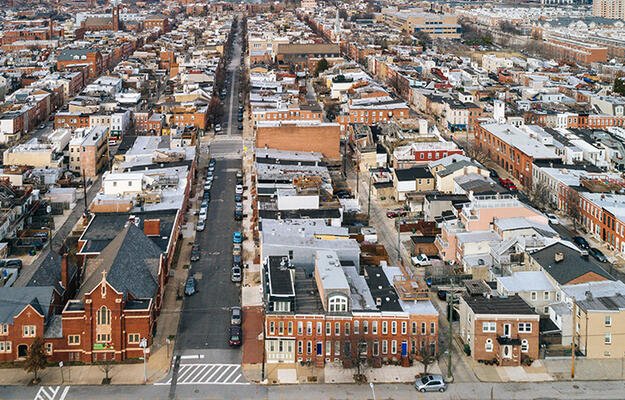
Zoning Policy Shapes Housing Costs and Educational Opportunity
- Title:
- Zoning Policy Shapes Housing Costs and Educational Opportunity
- Author:
-
Jonathan Rothwell
- Source:
- Publication Date:
-
2012
The disproportionate concentration of low-income and minority children increasingly limits educational opportunities for students in low-performing schools. Growing wealth disparities and the economy’s increasing reliance on formal education prompted Jonathan Rothwell of the Brookings Metropolitan Policy Program to investigate the intersection between real estate and schools’ performance. The resulting report Housing Costs, Zoning and Access to High-Scoring Schools offers estimated costs associated with living near a given public school and explores the relationship between zoning practices and school test score data. According to his findings, the combination of achievement gaps and school segregation that persists based on race, ethnicity and income are reflected in school test-score gaps.
Evidence from the report suggests that economic and racial segregation are fueled by limiting the development of inexpensive housing in affluent neighborhoods and jurisdictions. This lack of development also contributes to significant differences in school performance across the metropolitan landscape. Rothwell concludes that future housing and educational policies should strategically align to support access to higher quality schools for low-income and minority students. Housing and land use policy have the potential to benefit the nation’s future by increasing equality in educational opportunities. An interactive tool and metropolitan profiles enable users to view racial, income and school data by metro area.
Major findings:
- The average schools attended by low-income, African-American and Hispanic students achieve lower scores on state standardized exams than average schools attended by middle/high-income and white students.
- The average low-income student attends a school where 64 percent of fellow students are low-income, although they represent 48 percent of all U.S. public school students.
- The average African-American, Hispanic or low-income student attends a low-scoring school and has a greater likelihood of having significantly less experienced teachers than white and Asian students.
- The average low-income student attends a school that scores 21 percentiles lower on state exams than the average middle or high-income student, by scoring at the 42nd and 61st percentile respectively.
- The largest school test-score gaps between low-income students and other students are found in Northeastern metro areas with relatively high levels of economic segregation.
- Near a high-scoring public school, housing costs an average of 2.4 times as much, or roughly $11,000 more per year, as housing near a low-scoring public school.
- Housing cost gaps are 40 to 63 percentage points lower in large metro areas with the least restrictive zoning than metro areas with the most restrictive zoning.


